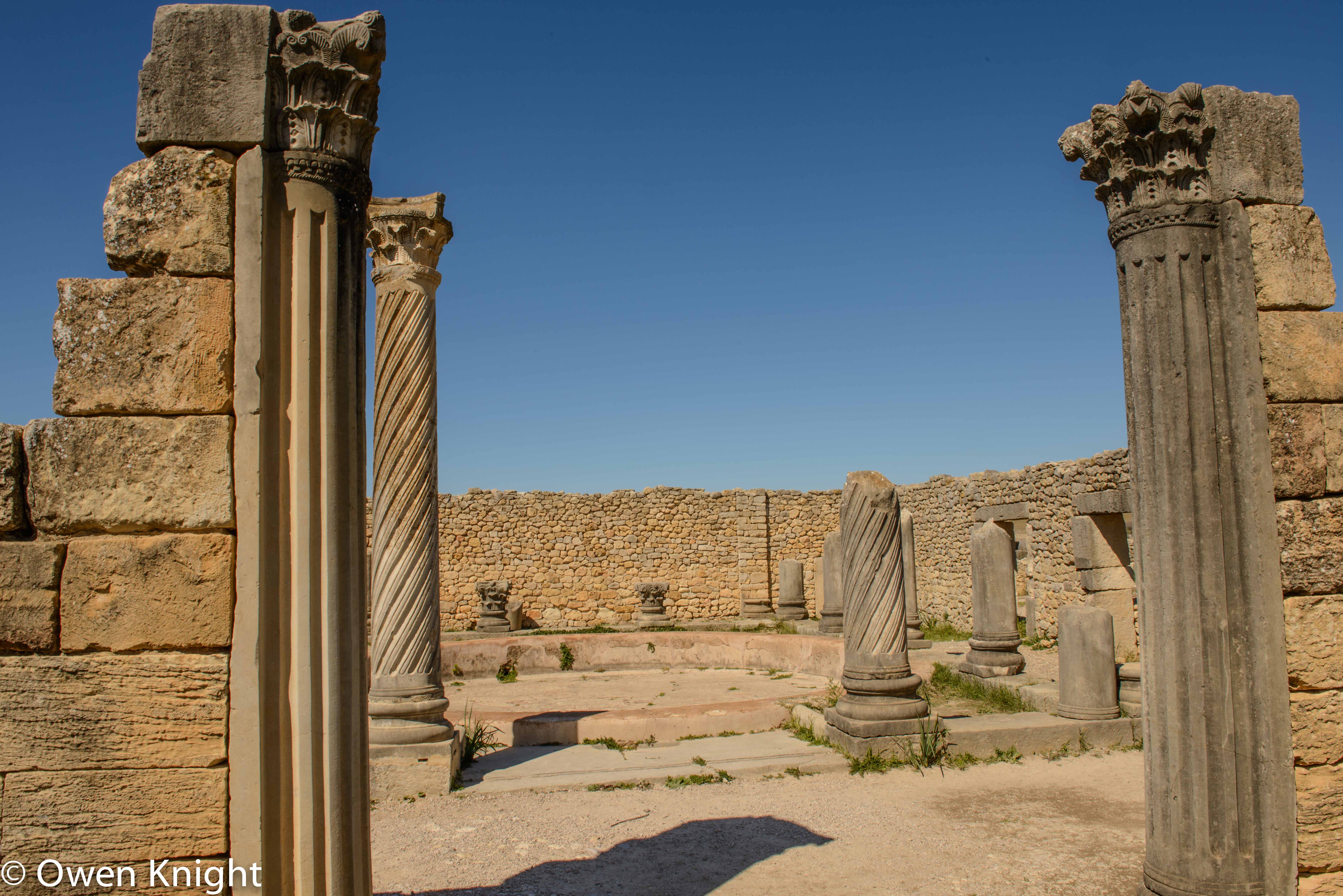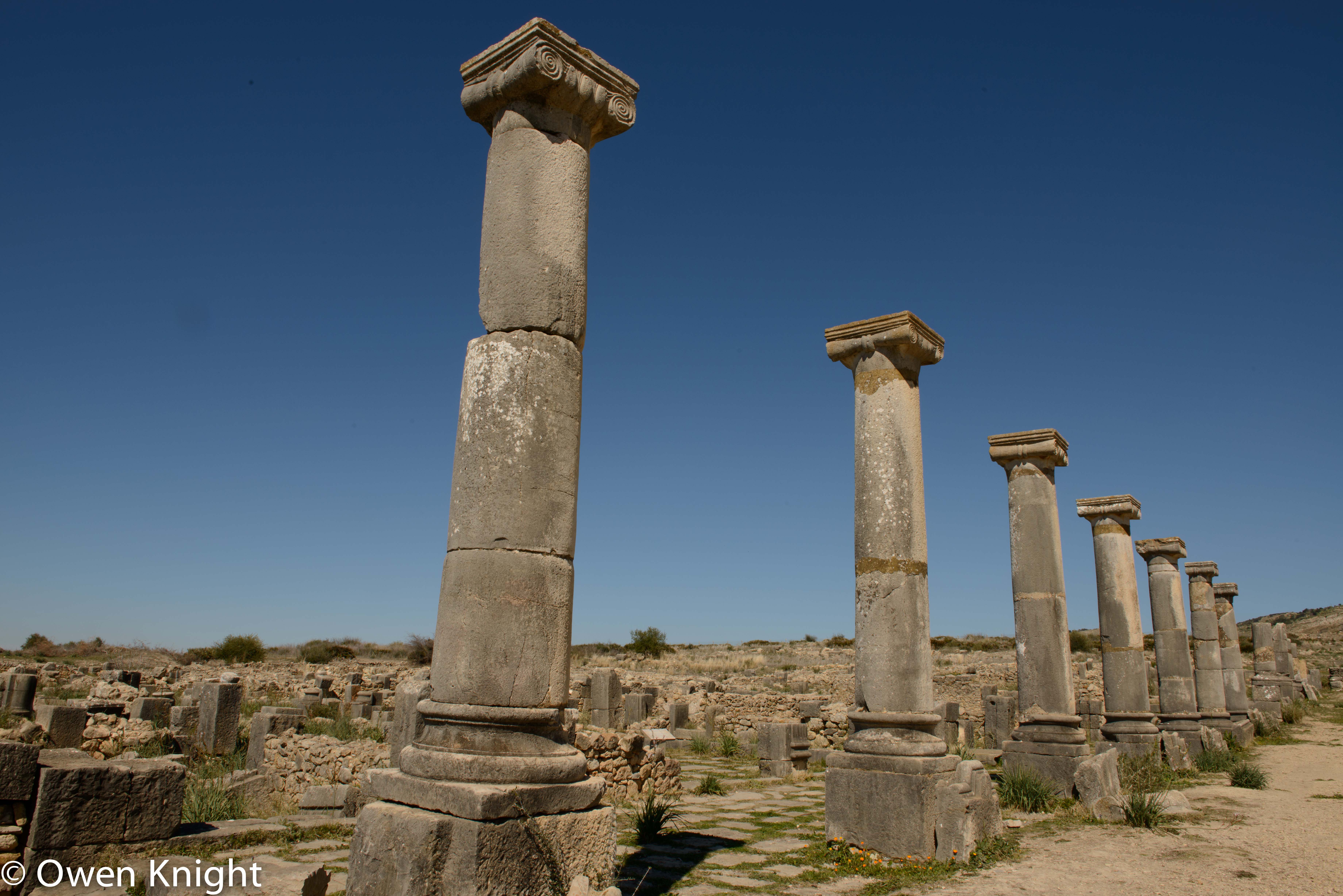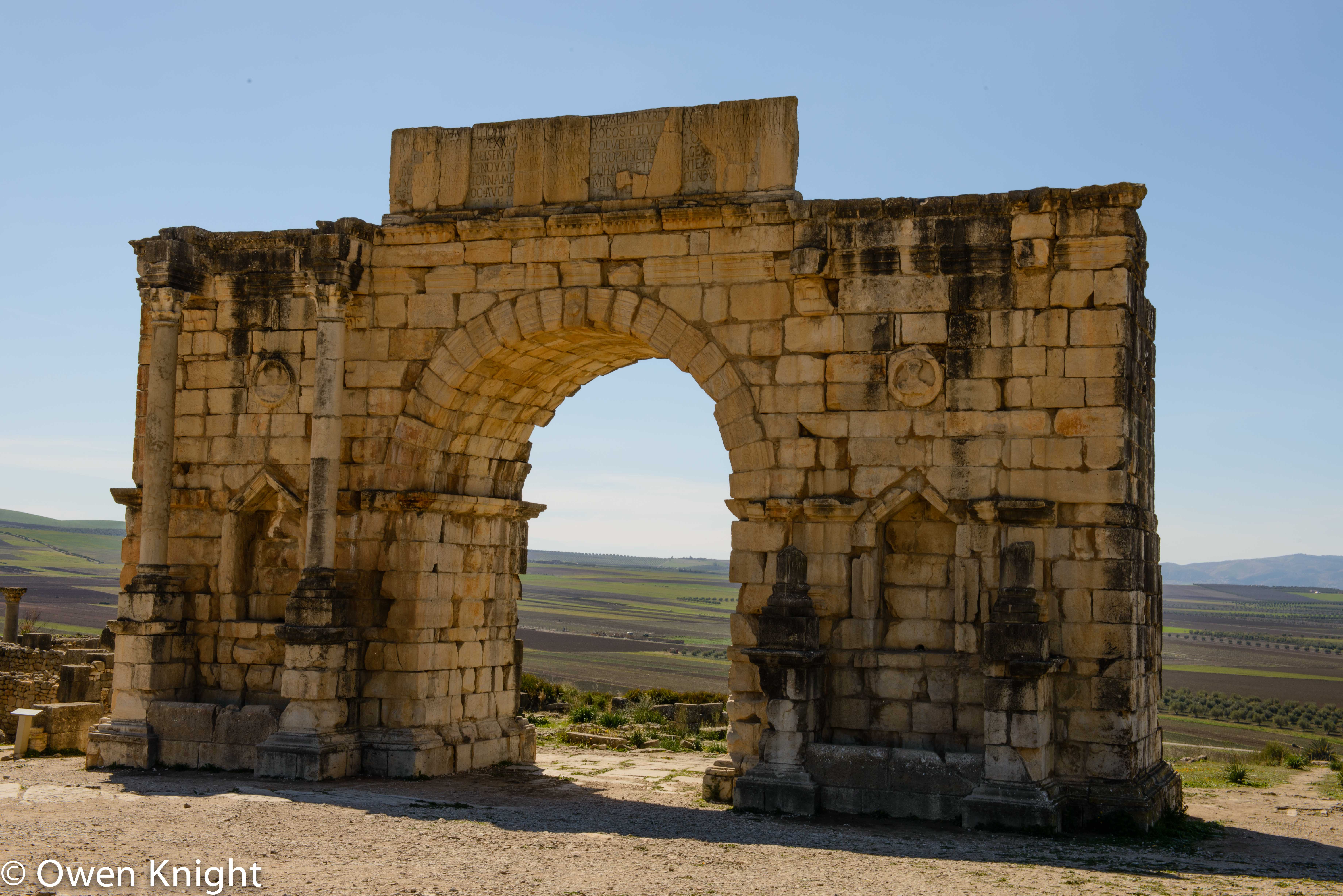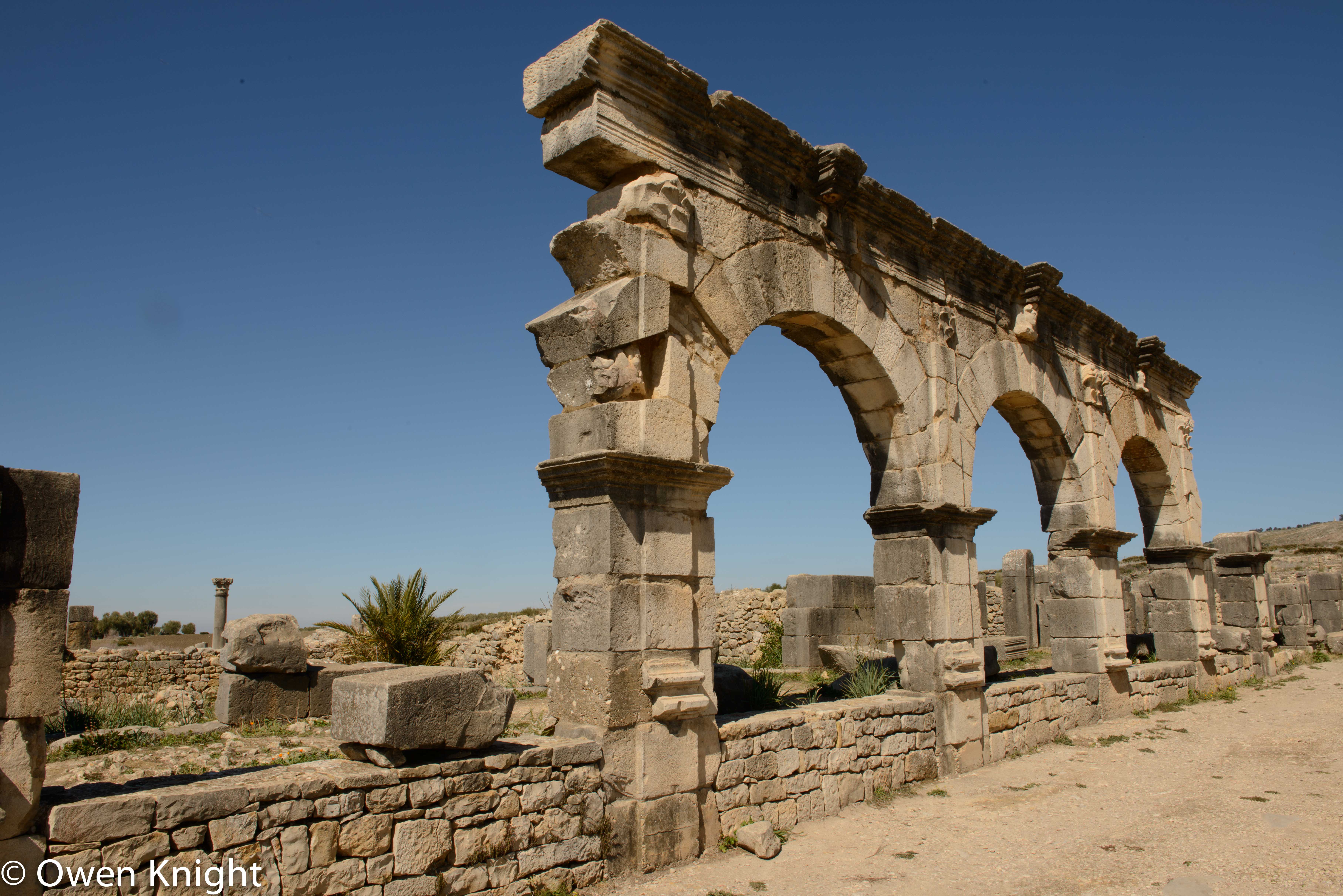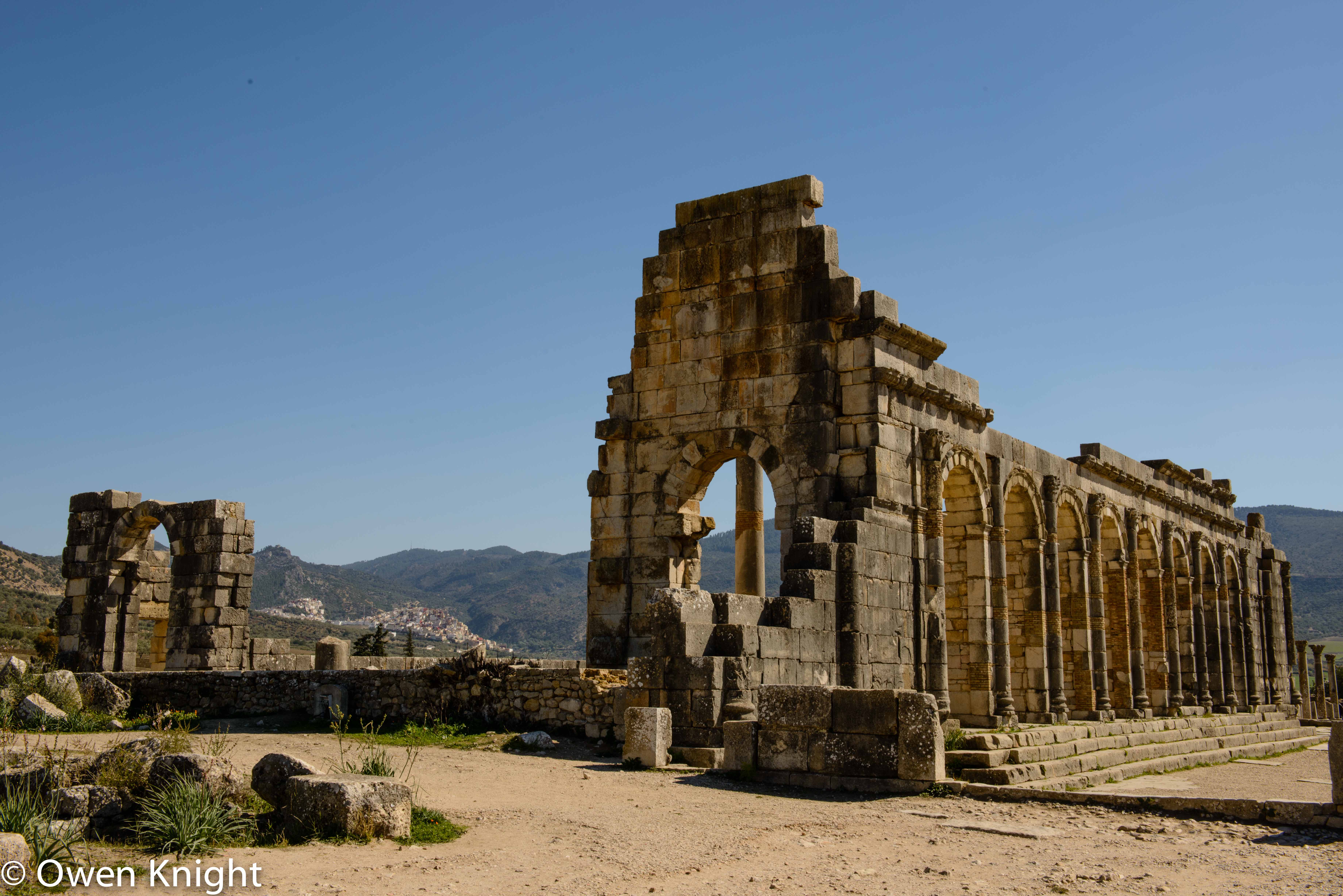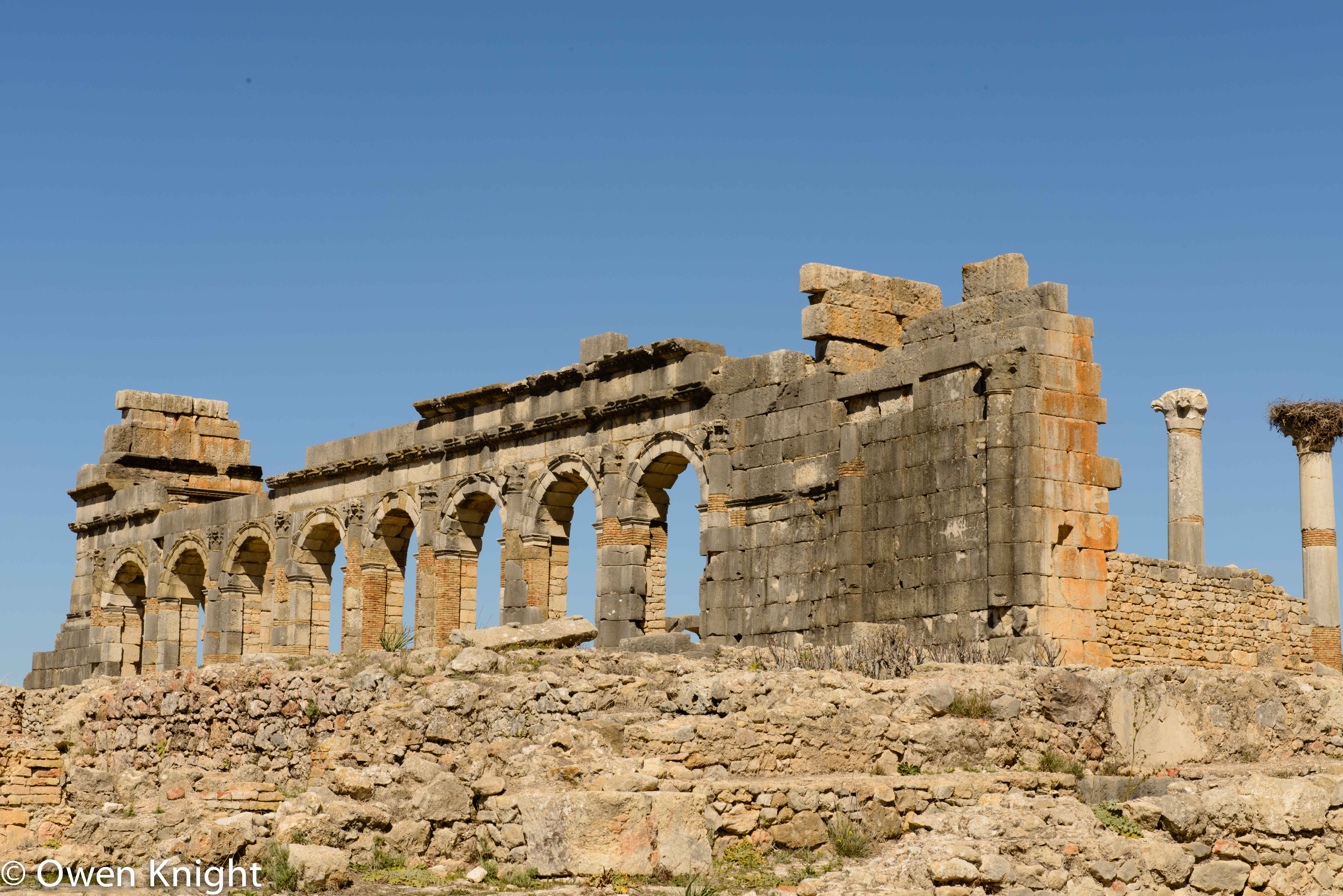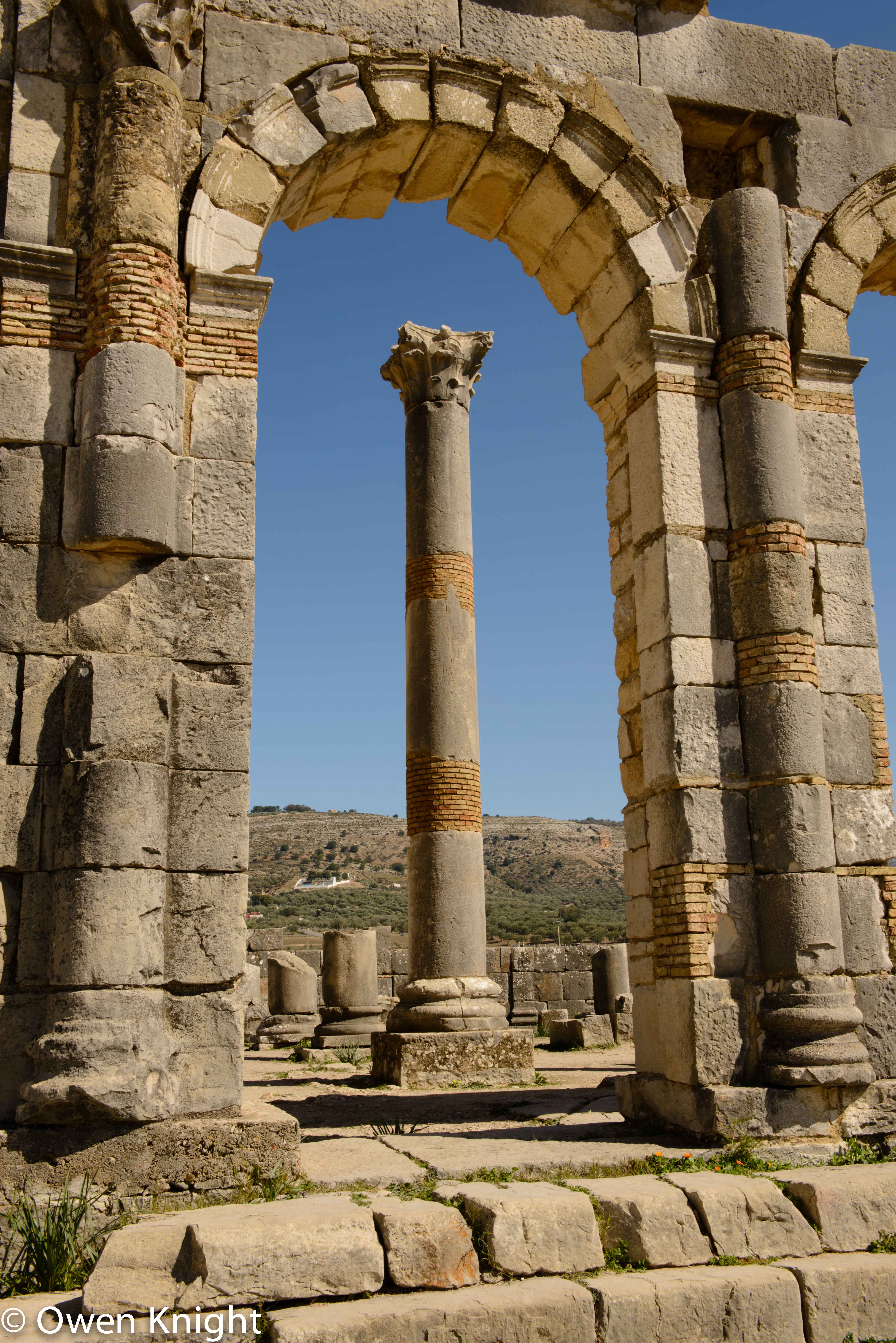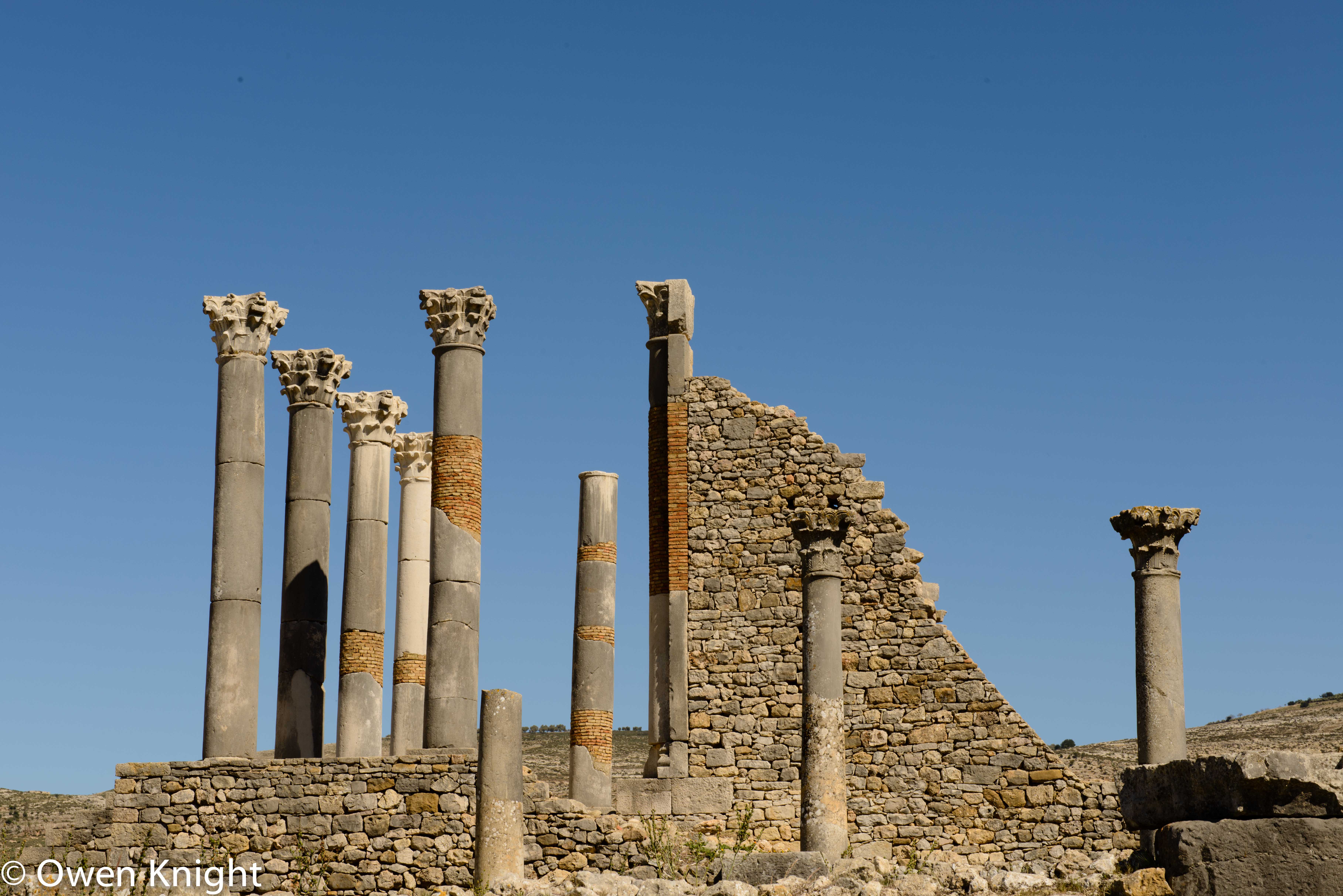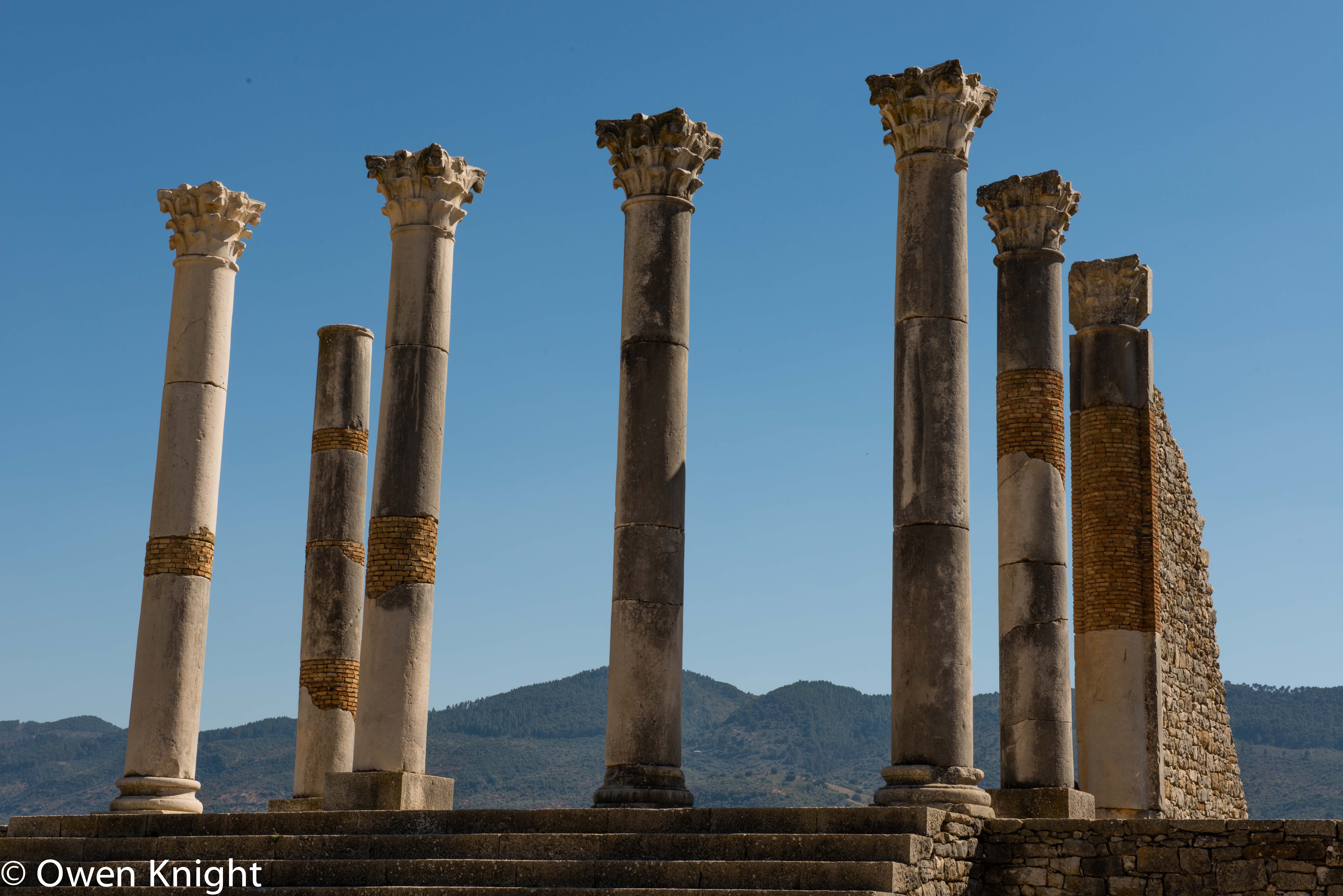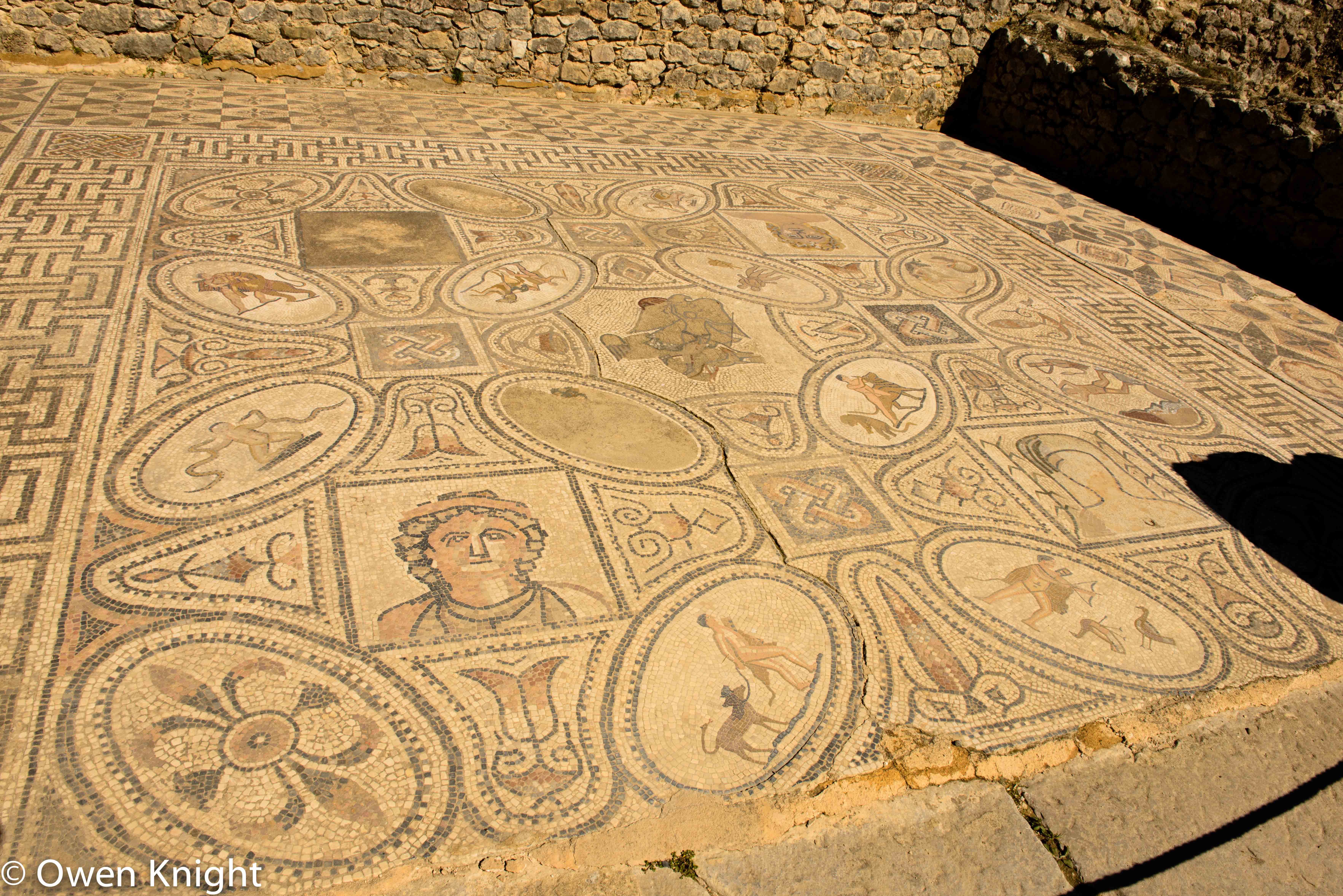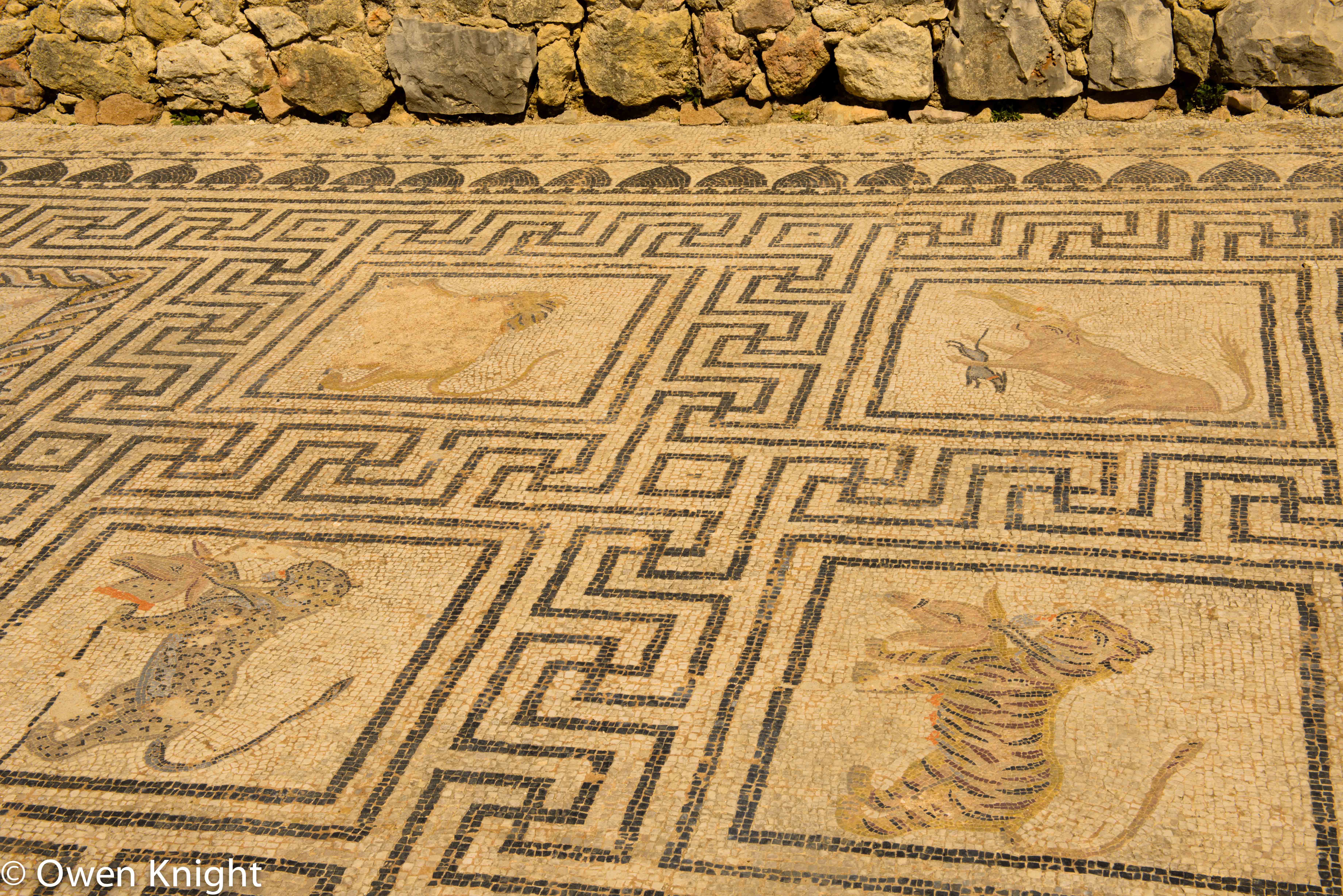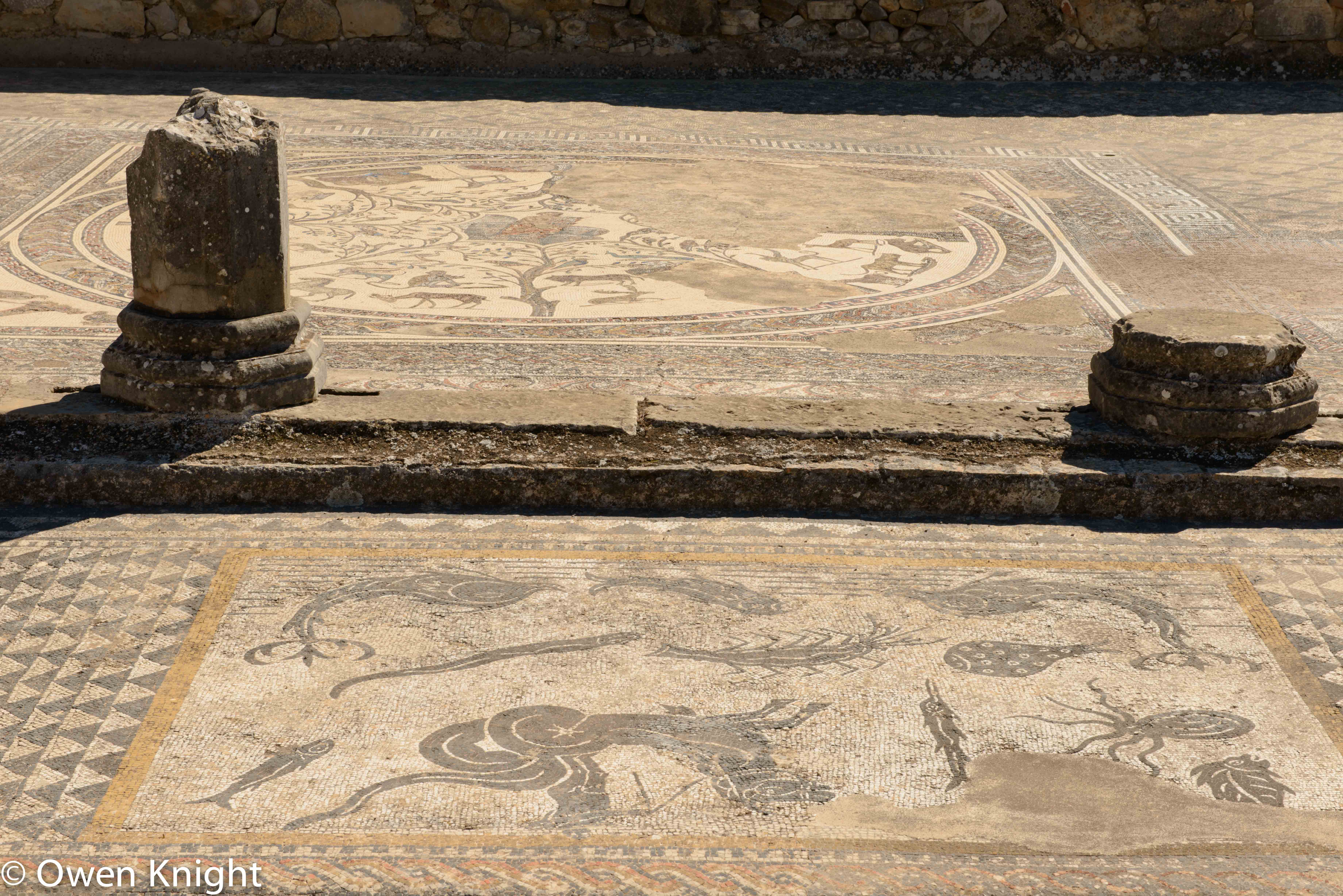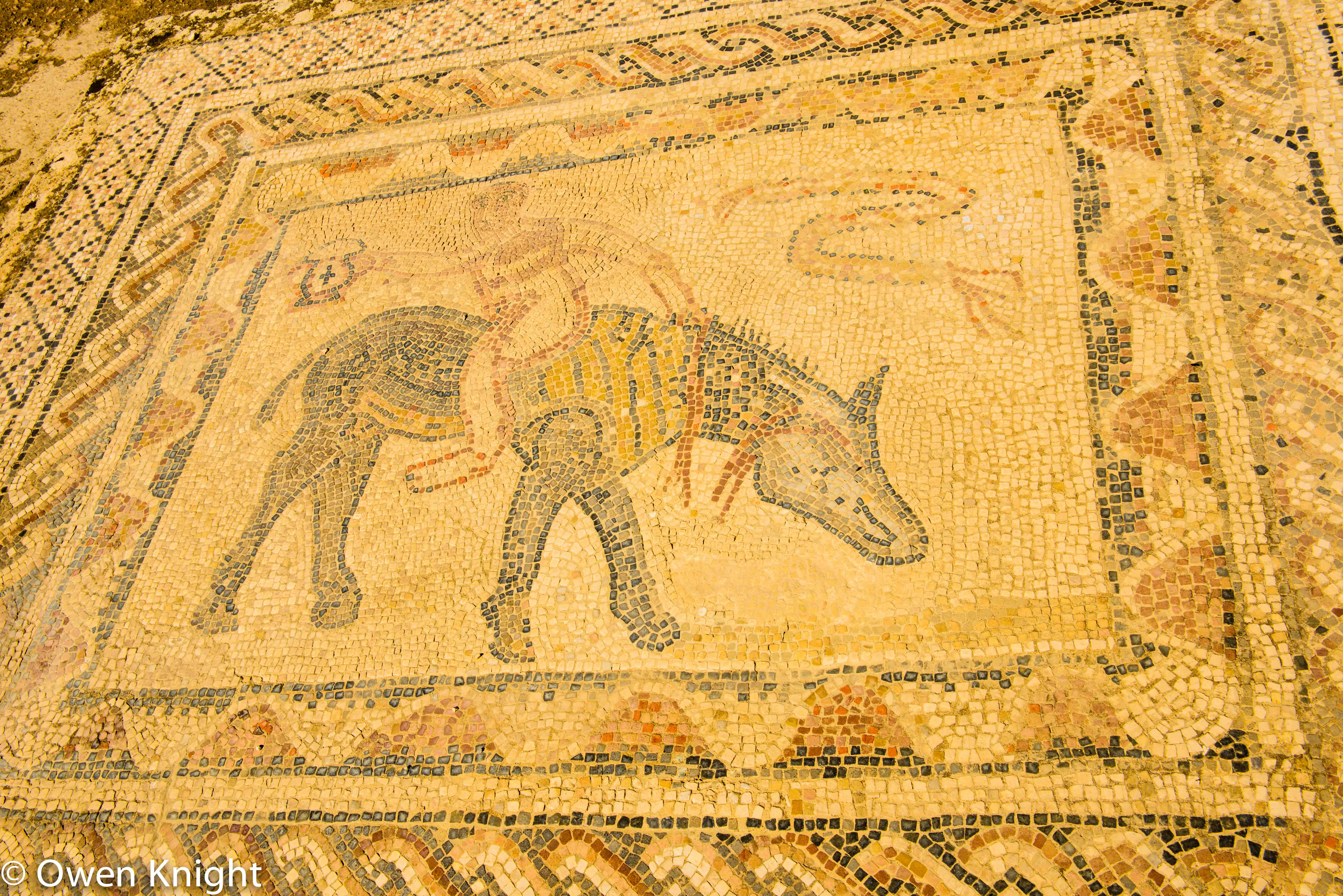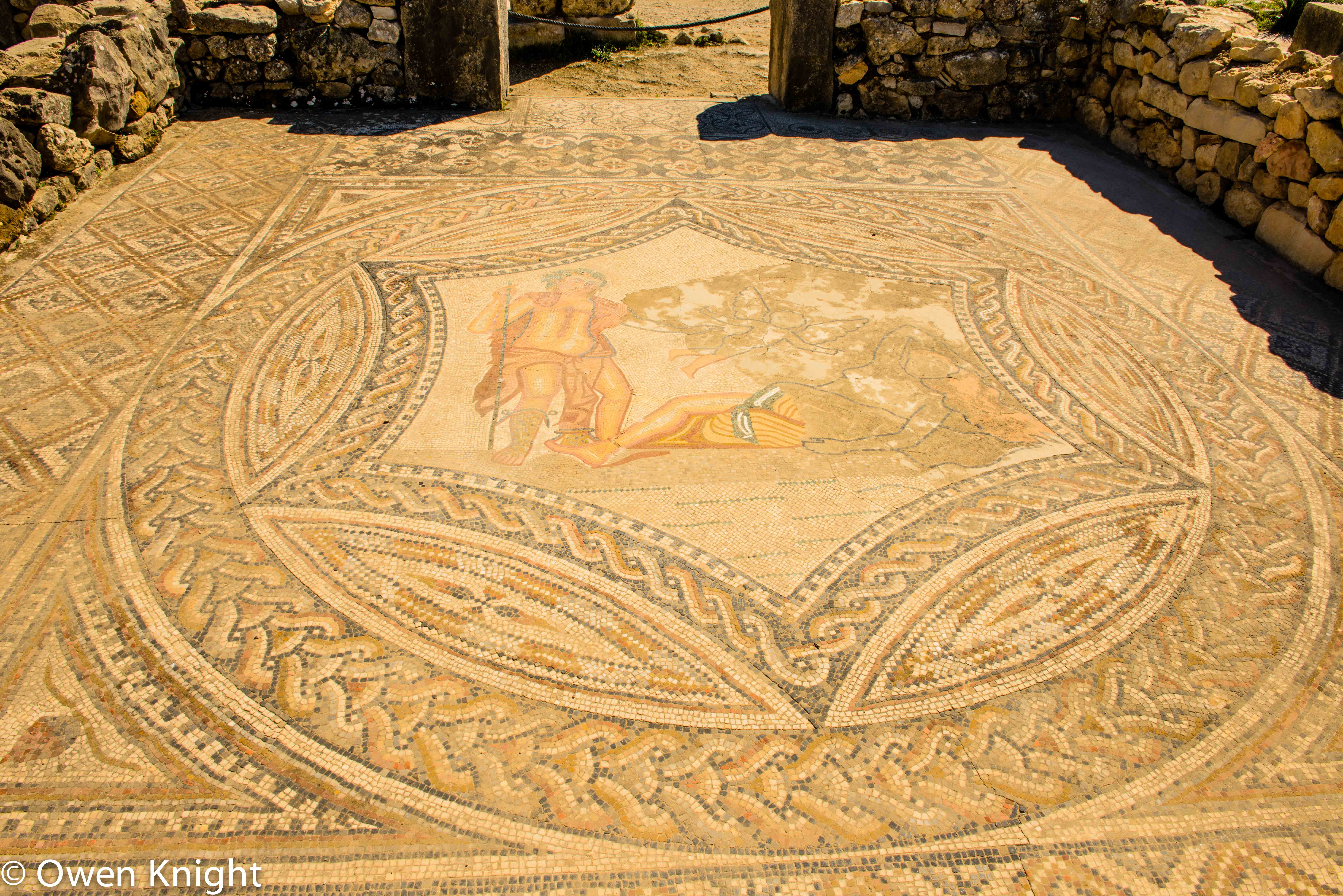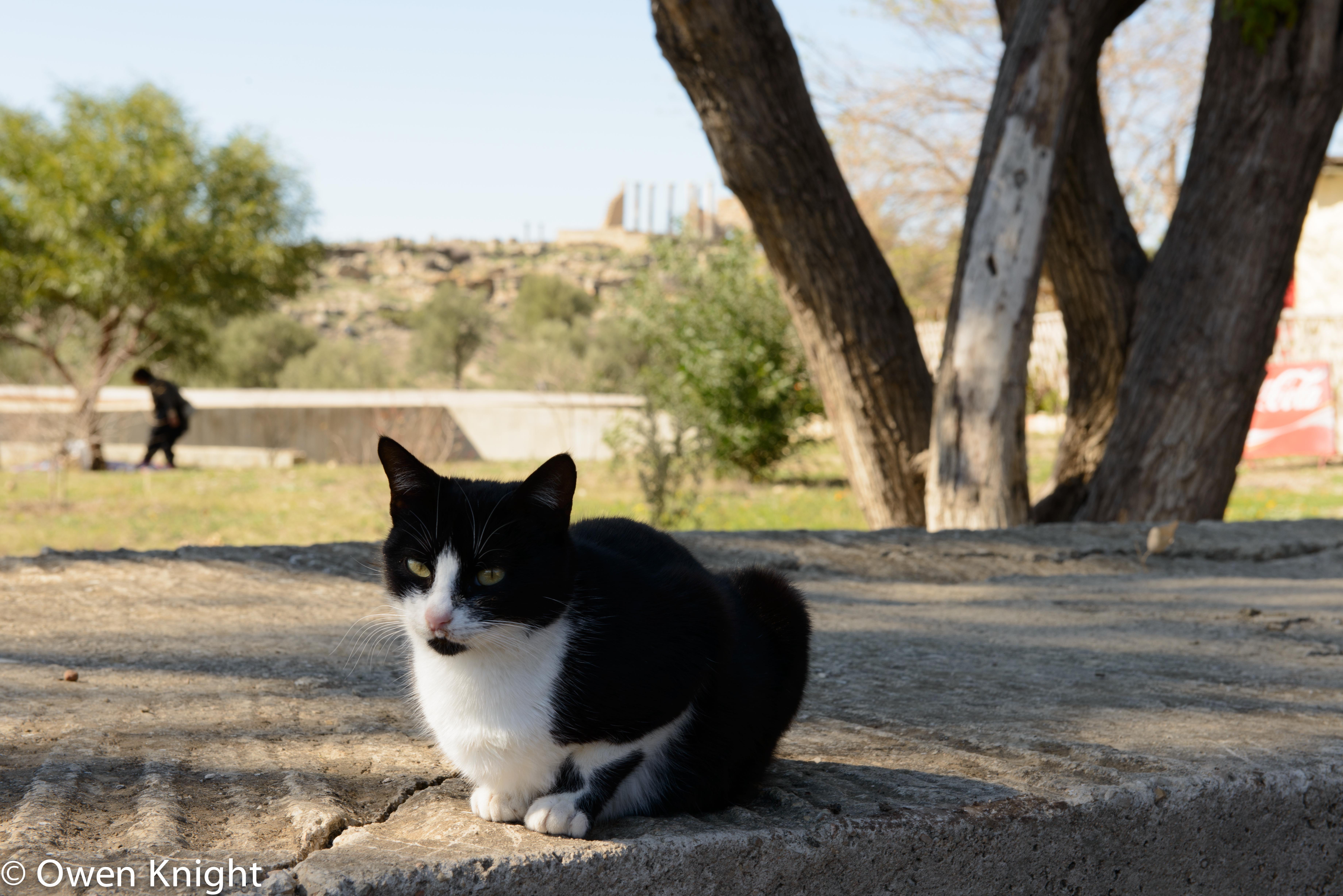The Roman Ruins of Volubilis, Morocco
Before visiting Morocco in May 2016, I had not heard of Volubilis, a partially-excavated Berber and Roman city in Morocco situated near Meknès, between Fès and Rabat. It is believed to be the ancient capital of the kingdom of Mauritania.
In addition to being an interesting visit in its own right, the journey to Volubilis, whether from Fès or Meknès, is beautifully scenic. In places, the scenery resemble Tuscany, with the hills and olive groves.
According to Wikipedia, it developed from the 3rd century BCE onward as an Amazigh, then proto-Carthaginian, settlement before being the capital of the kingdom of Mauretania. It grew rapidly under Roman rule from the 1st century CE onward and expanded to cover about 42 hectares with a 2.6km circuit of walls. The city gained a number of major public buildings in the 2nd century, including a basilica, temple and triumphal arch. Its prosperity, which was derived principally from olive growing, prompted the construction of many fine town-houses with large mosaic floors.
The city fell to local tribes around 285CE. It was never retaken by Rome because of its remoteness and indefensibility on the south-western border of the Roman Empire. It continued to be inhabited for at least another 700 years, first as a Latinised Christian community, then as an early Islamic settlement. In the late 8th century it became the seat of Idris ibn Abdallah, the founder of the Idrisid dynasty and the state of Morocco. By the 11th century Volubilis had been abandoned after the seat of power was relocated to Fès.
The ruins remained substantially intact until they were devastated by an earthquake in the mid-18th century and subsequently looted by Moroccan rulers seeking stone for building Meknès. During and after the period of French rule over Morocco, about half of the site was excavated, revealing many fine mosaics, and some of the more prominent public buildings and high-status houses were restored or reconstructed.
Today it is a UNESCO World Heritage Site, listed for being “an exceptionally well preserved example of a large Roman colonial town on the fringes of the Empire”.
Among the notable buildings is the triumphal Arch of Caracalla, which provides an impressive entrance to the city’s main street, the Decumanus Maximus, although the authenticity of the restoration is disputed and it lacks the bronze chariot and six horses which originally crowned the arch.
Much more impressive is the basilica, whose former size and glory can still be imagined from the ruins. The basilica was used for the administration of justice and the governance of the city. Completed during the reign of Macrinus in the early 3rd century CE, it is one of the finest Roman basilicas in Africa and is probably modelled on the one at Leptis Magna in Libya. The building is 42.2m long by 22.3m wide and originally had two storeys.Its interior is dominated by two rows of columns framing the apses at each end of the building where the magistrates sat. The outer wall of the basilica, which is faced with columns, overlooks the forum where markets were held.
My favourite building was the Capitoline Temple, dedicated to the three chief divinities of the Roman state, Jupiter, Juno and Minerva. Civic assemblies were held in front of the temple to beseech the aid of the gods or to thank them for successes in major civic undertakings such as fighting wars.
Volubilis is notable for the quality of its mosaics. Here are just a few examples.
The Labours of Hercules mosaic is interesting as it is a subject with which most people are familiar. The challenge is to remember what the labours are, prompted by the designs.
This section shows a selection of wild animals. Most are easily identifiable.
Another, from a bathing pool illustrates examples of marine life:
I do not know why this person, who I believe is an athlete, is facing backwards:
Here is a mosaic of Bacchus discovering Ariadne asleep. He touches her ankle with his foot, as if he is saying ‘Honey, I’m home!’.
The location is quite remote. Once you are inside the site, it is wonderfully peaceful and quiet, as this Guardian of Volubilis would no doubt agree.
